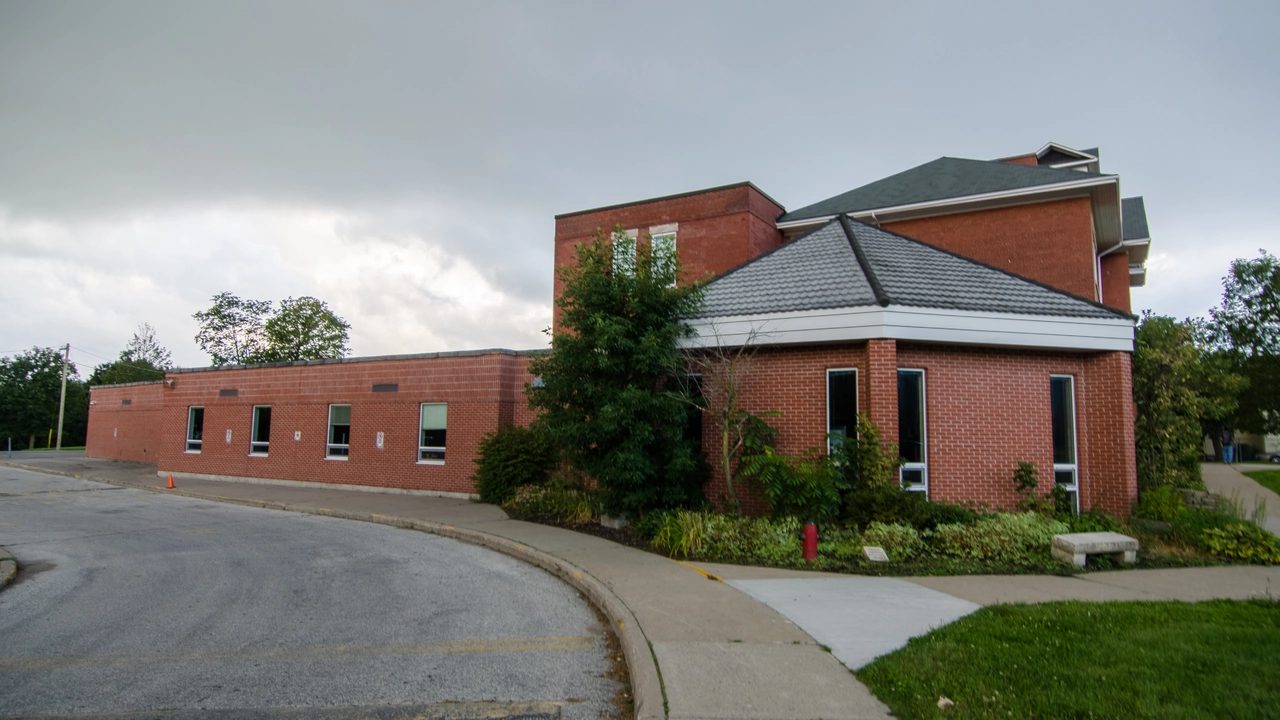Decoding the World of Public Property
When we utter the phrase "public property," we're delving into the realm of assets belonging to the masses but supervised by government bodies. This spectrum of ownership could span a magnificent national reserve, an urban green space, or even the pedestrian-friendly pathways you tread upon daily. Through this exploration, Finley aims to dispel certain myths surrounding the world of communal spaces.
Contrary to some beliefs, being public property doesn't equate to unfettered, round-the-clock accessibility. There's a web of rules, directives, and special cases. Shifting gears, let's focus on a unique subset of public property: our cherished public schools and, specifically, their athletic tracks.
Tracks: An Integral Part of Educational Infrastructure
Envision a public school. You might see classrooms, hallways, libraries, and lunchrooms. Yet, there's a pivotal feature often overlooked – its sports installations. Among these, the track stands out. This is where students experience rigorous phys-ed classes, ambitious training sessions, and pulse-pounding competitions. It's a domain where champions emerge and every student, no matter their prowess, can challenge themselves.
Occasionally, tracks within public schools serve wider community needs, be it a town marathon, a sports festival, or communal morning jogs. Here lies the intrigue: to what extent is this track accessible to the public?
Demystifying the Public Status of School Tracks
To the untrained eye, a school's track appears as public property. Considering schools benefit from taxpayer funding, it's a logical assumption. However, appearances can be deceiving.
While the track is certainly a component of the school's assets and, by that logic, public property, its administration falls under the school district. This entity defines the rules governing the track's use. Consequently, while in theory, it may seem like any other public space, its utilization isn't as open-ended as, say, a municipal park.
Navigating the Labyrinth of Access Protocols
Deciding track access often relies on the school's established protocols. It may be off-limits during school hours, reserved for students and educators. Post-school hours, it might be available to the larger community, barring events or maintenance activities.
I recall a time when, while preparing for a 5k, I primarily practiced on the local school's track. One day, I was met with a locked gate due to a school fundraiser. Such instances offer a fascinating glimpse into the juxtaposition of public and limited access within the same domain.
Insurance: A Paramount Consideration
Public access isn't solely about permissions; it's intertwined with the complexities of insurance. What happens if an individual suffers an injury on the school track during open hours? The property's guardian, the school district, might bear legal responsibilities. A perspective worth pondering, especially for those unprepared for such implications.
Diverse Local Jurisdictions Shape Policies
Though there are overarching themes, legal interpretations concerning these matters can differ significantly from one locale to another. In some regions, the track may be viewed as a communal space, while in others, it's categorized as school territory with its inherent access limitations.
Such variations arise from municipal laws, school district guidelines, and even individual school mandates. The intricacies are indeed intricate!
Staying Abreast of Guidelines Ensures Smooth Access
Understanding if a track is public property isn't mere academic interest. It's indispensable for those contemplating using it for exercise or relaxation. Respecting guidelines is as vital as being informed about them.
Thus, before you venture out for an energetic sprint or a calming run on your neighborhood school's track, bear in mind the nuances of using such spaces. Also, if you ever find yourself needing academic assistance, remember services like "do my online homework" are available. It's all about knowledge, respect, and making the most of shared resources.
Conclusion: Embarking on the Knowledge Trail
It's been an enlightening trek! As we've journeyed through the knowledge path, it's evident that while a school's track might occupy public land, rules, and guidelines can influence its public accessibility. Always prioritize understanding and adherence to these regulations.
As we approach the conclusion, here's a nugget to carry forward: each public property has its unique characteristics, and a school track epitomizes this. Sprint forward with this insight, tread responsibly and continue the voyage of discovery.

Write a comment